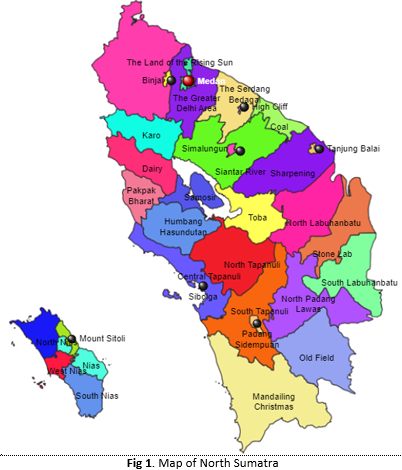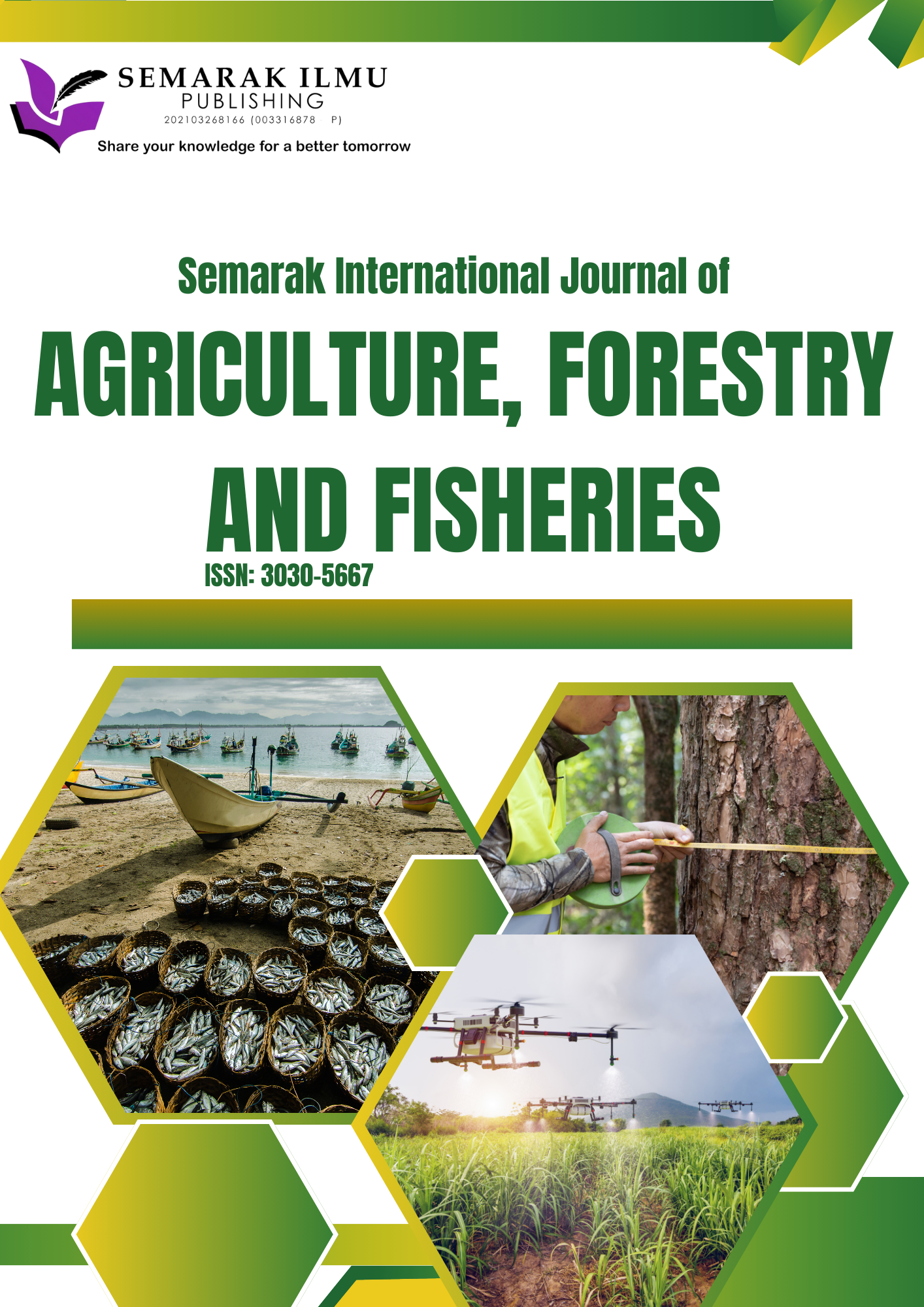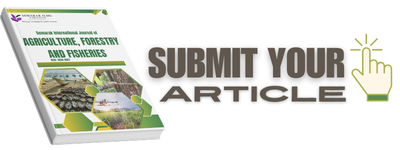Analysis of Location Quotient of Cassava Commodity Potential Areas in North Sumatera
Keywords:
Location Quotient (LQ), Base sector, Non-base sectorAbstract
The research was designed to identify the superior agricultural commodities in each regency and city within North Sumatra province. A descriptive research method was utilized to systematically describe and analyze the existing conditions in the region. The selection of North Sumatra as the research location was carried out deliberately, using a purposive sampling approach to ensure that the study focused on a region with diverse agricultural activities. The data collection process involved conducting surveys that relied on secondary data sources, which were systematically recorded and obtained from relevant government agencies and other authoritative databases. The collected data provided a comprehensive overview of agricultural production across the various regions within North Sumatra. For data analysis, the study employed the Location Quotient (LQ) analysis approach, a well-established method for assessing the relative concentration of specific economic activities within a region compared to a broader reference area. The LQ analysis is particularly useful in identifying whether a sector is a base sector (with an LQ greater than 1), indicating surplus production for export, or a non-base sector (with an LQ less than 1), where production primarily meets local demand. The results of the LQ analysis revealed that 17 regencies and cities within North Sumatra have a base sector, indicating strong agricultural production with potential for export. In contrast, 15 regencies and cities were identified as having a non-base sector, where agricultural production is largely geared towards meeting local needs, with limited surplus for export.









